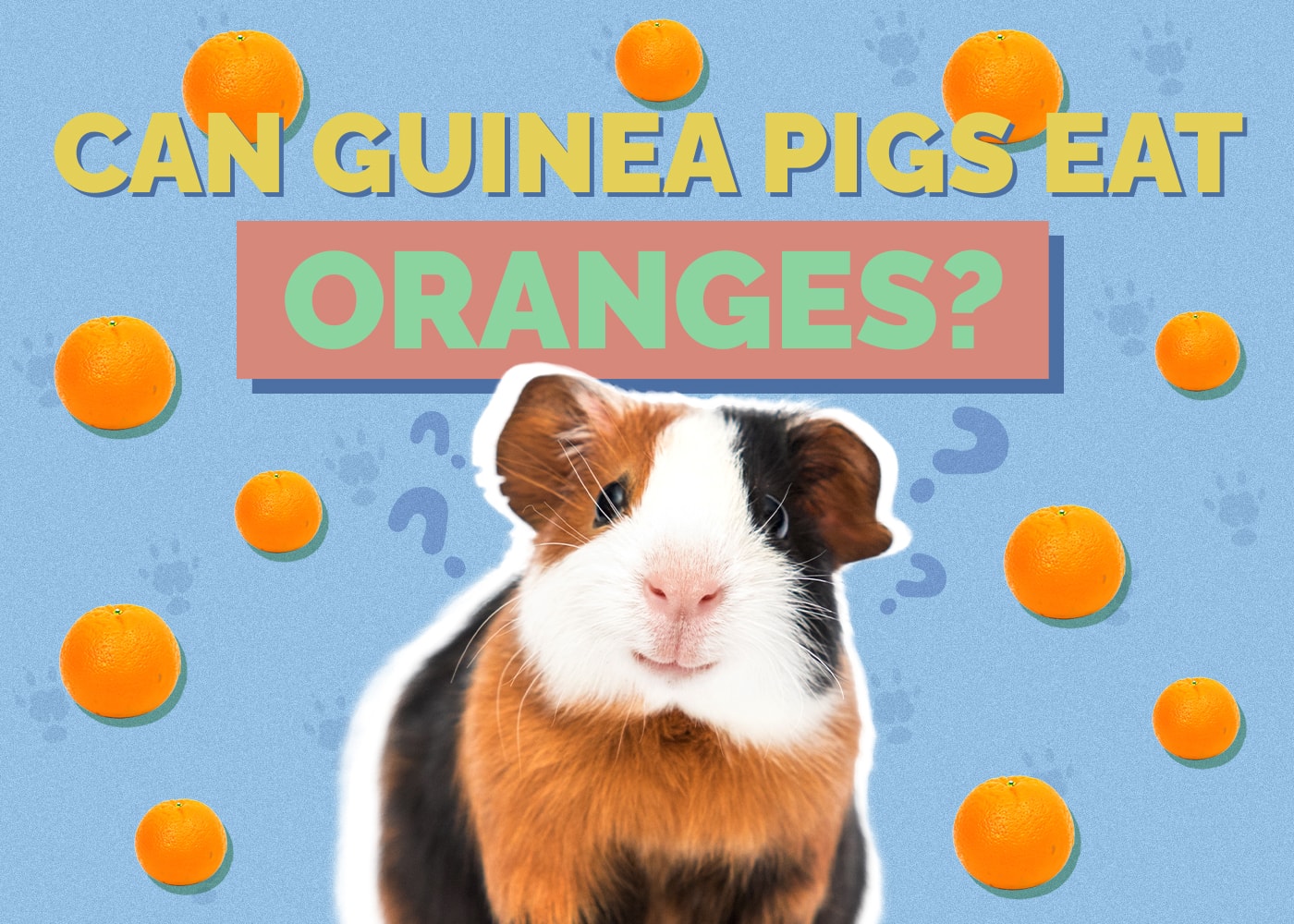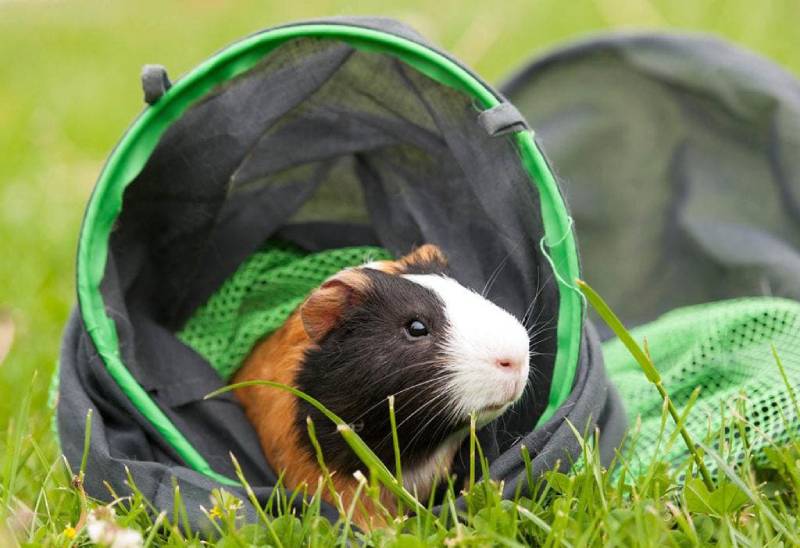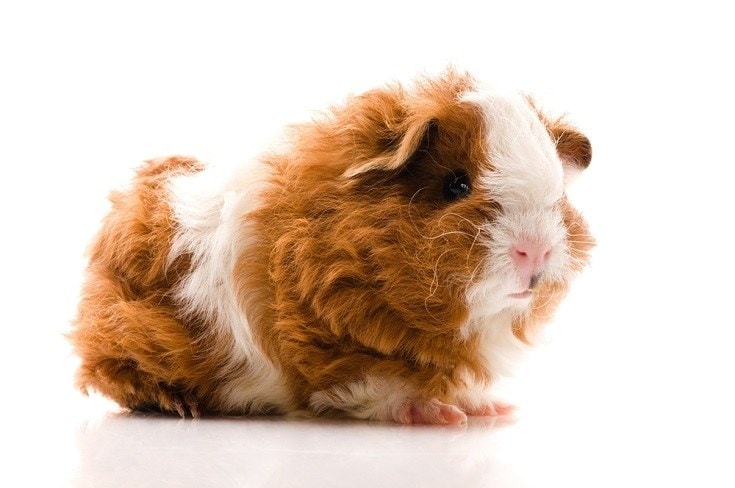Can Guinea Pigs Eat Green Beans? Vet-Approved Nutrition Facts
Updated on
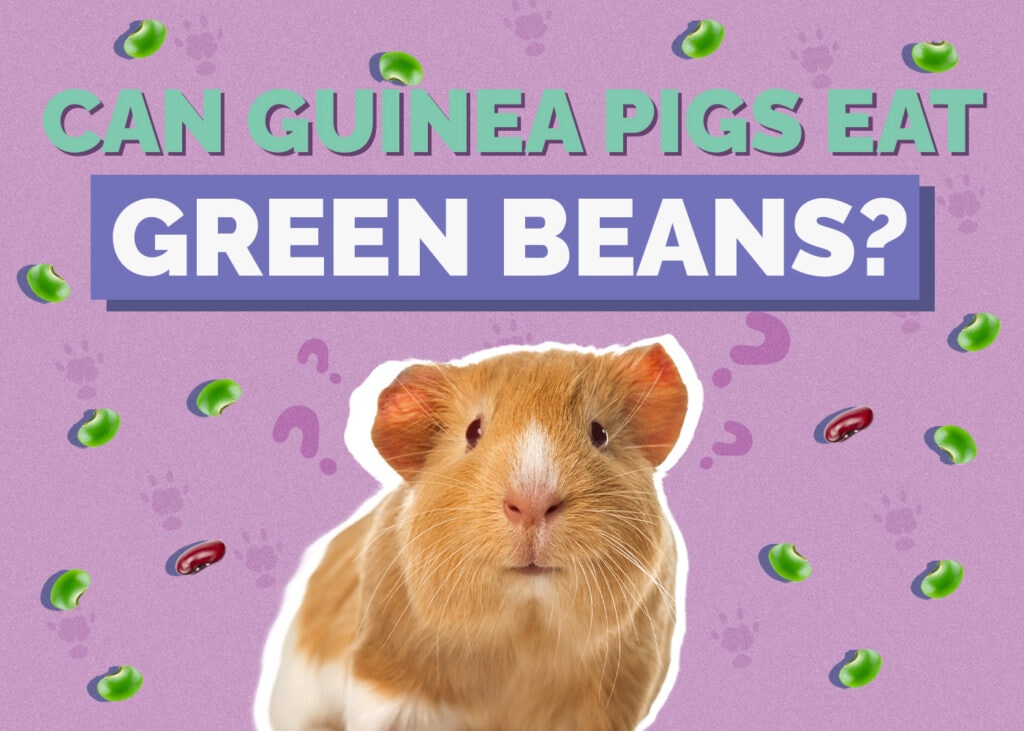
Click to Skip Ahead
Slender and green, these beans paint an accurate picture of a healthy snack. While your guinea pig’s diet needs to chiefly consist of hay and pellets, fresh produce helps ensure that they’re receiving enough nutrients such as vitamin C. Since their teeth continuously grow, guinea pigs need to grind down their teeth to avoid detrimental dental problems. Crunchy vegetables such as raw green beans offer your guinea pig a tasty way to grind down their teeth. Moderation is always key, however, so a couple of beans at a time are a generous portion. Additionally, you should only feed your guinea pig raw veggies since they can get an upset stomach with cooked foods. As a quick overview, green beans are a healthy snack for your guinea pig.
The 6 Reasons Why Green Beans Are a Healthy Snack for Your Guinea Pig
Packed with fiber and vital vitamins, green beans are one of the healthiest foods you can put on a plate. Here are six reasons to feed them to your pig:
1. Vitamin A
This vitamin supports their core functions and eyesight. Green beans aren’t the best source of vitamin A, but it’s still worth mentioning as a small perk.
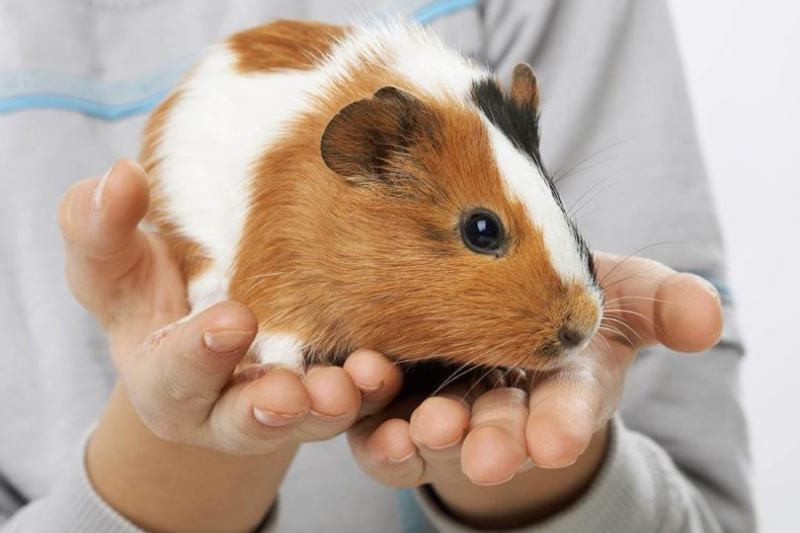
2. Vitamin C
Of all the nutrients your guinea pig needs, vitamin C is one of the most crucial. Vitamin C deficiency can cause scurvy, which results in brittle bones and a weakened immune system. Fortunately, green beans are an excellent source of vitamin C. A single 100 gram serving of green beans provides your guinea pig with half of their daily requirement for vitamin C. Of course, you wouldn’t feed them quite that much, though, since 100 grams is almost 1 cup in volume. To promote a balanced diet, you’ll need to make sure they’re receiving vitamin C from a couple of different sources, such as carrots and kale.
3. Vitamin K
Promoting strong bones and healthy blood clotting, vitamin K is another nutrient you don’t want your guinea pig to skip out on. Spinach and kale are other excellent sources of this crucial nutrient.
4. Folic Acid
Guinea pigs require high amounts of folic acid, especially while they’re still young. Deficiency can cause a wide range of issues, including GI upset, slow growth, and anemia. Thankfully, green beans are a good source of folic acid, as well as asparagus.
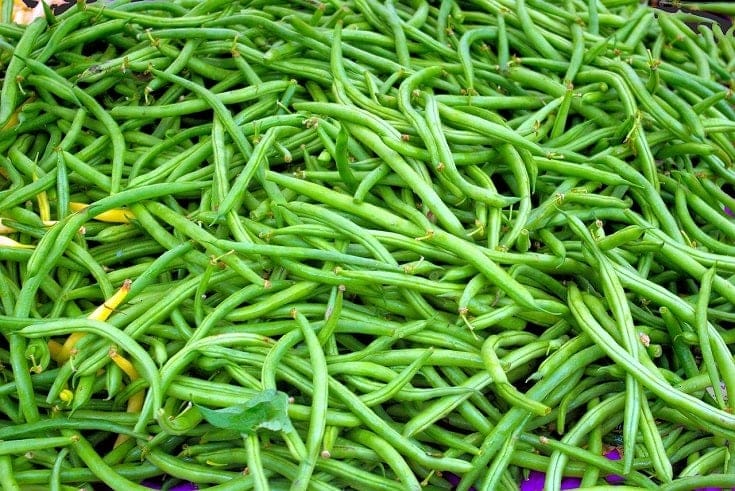
5. Fiber
Your guinea pig needs roughage in their diet to keep their intestines working efficiently. The fiber in green beans can help them stay regular. Of course, conversely, too many can cause diarrhea, so you should only give them in moderation. Fiber is essential to maintain healthy gut bacteria and motility in the intestines.
6. Low in Calories
Despite containing high amounts of nutrients, green beans only have 31 calories per cup. Obesity is dangerous for small pets, so you want to be sure to feed them low calorie snacks and treat them in moderation.
Some Words of Caution
While green beans are generally a healthy snack, there are a few things you’ll need to keep in mind in order to feed them safely.
1. Portion Control
Your vet is the best source to answer how many green beans your guinea pig should gobble. While it’s never a problem to give them one or two, your vet should be able to advise you with a more accurate portion according to your pet’s age and health condition. Too many green beans can result in diarrhea, so you definitely don’t want to go overboard.
2. Buy Organic
Pesticides from standard growing practices don’t belong in your guinea pig’s bowl—or yours, either. Since your guinea pig is so small, these chemicals are much more likely to cause negative side effects faster. Regardless of what type of produce you buy, always be sure to thoroughly wash it before feeding it to your pig.

3. Always Feed Them Fresh Food
If the beans are moldy, wilted, or looking a little lackluster, don’t give them to your guinea pig. Mold and mildew can make them very sick. If you wouldn’t eat it, don’t toss it to your pig.
4. Keep It Simple
Seasonings such as garlic salt are highly toxic to pets, including guinea pigs, cats, and dogs. Always feed them unseasoned veggies to be safe.
5. Only Raw Makes the Cut
In the wild, guinea pigs graze on grass and fresh greens. They aren’t able to digest cooked or processed foods well, which can make them sick. Stick to a raw herbivorous diet for your guinea pig.
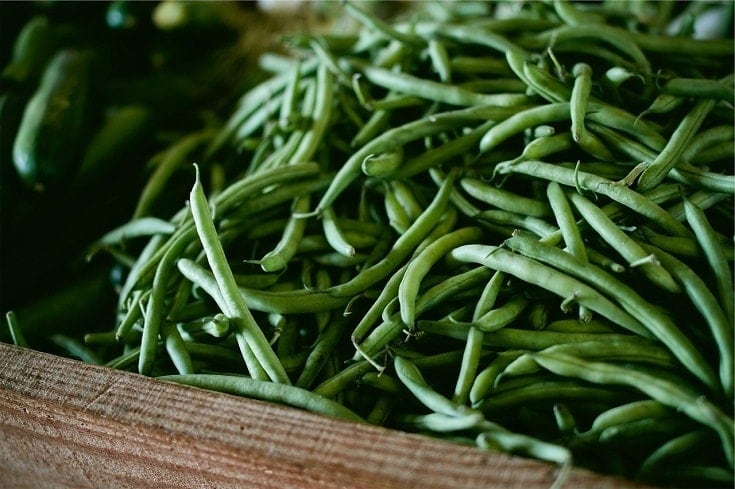
Conclusion
Raw and unseasoned green beans make a tasty snack that your guinea pig will crave. Vitamin C deficiency is a serious problem that can lead to scurvy, so it’s important to supplement your pig’s diet with fresh produce like green beans that contain this vital nutrient. Like all foods, green beans may have some unpleasant side effects if eaten in excess, including diarrhea. Talk to your vet to see what the correct portion is for your guinea pig.
Related Reads:


